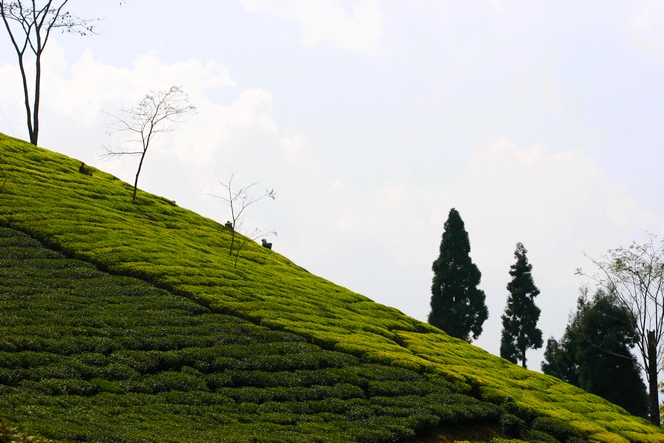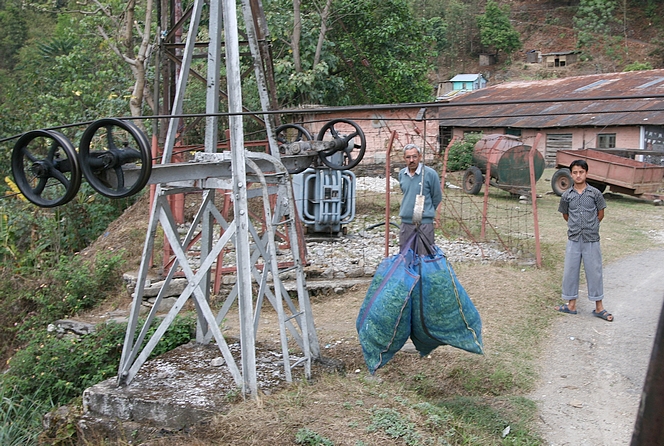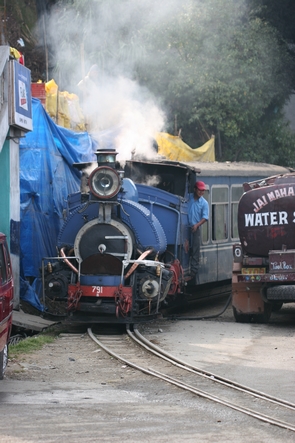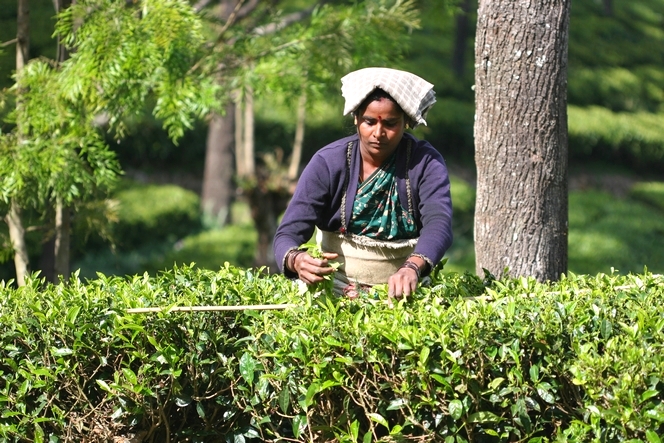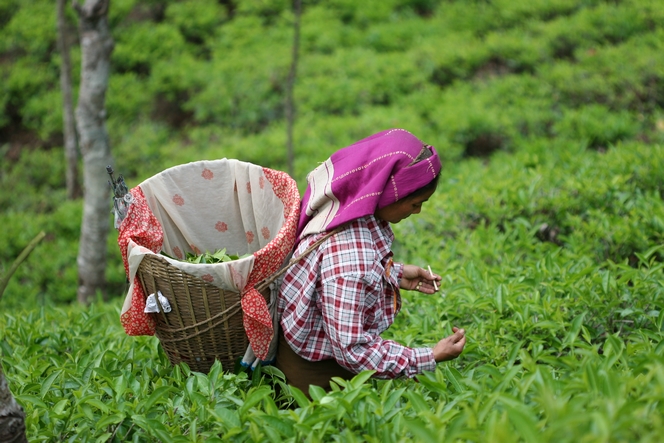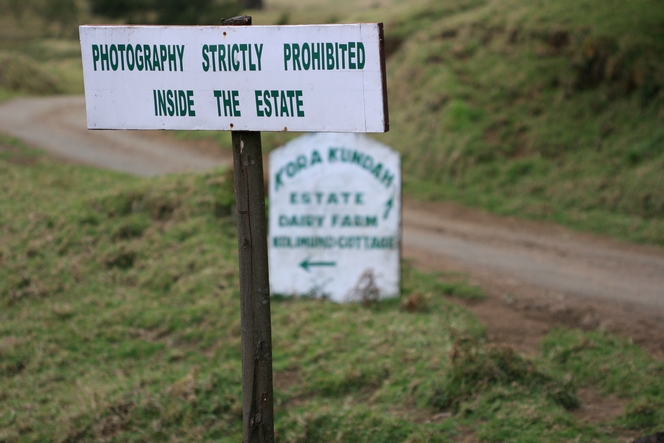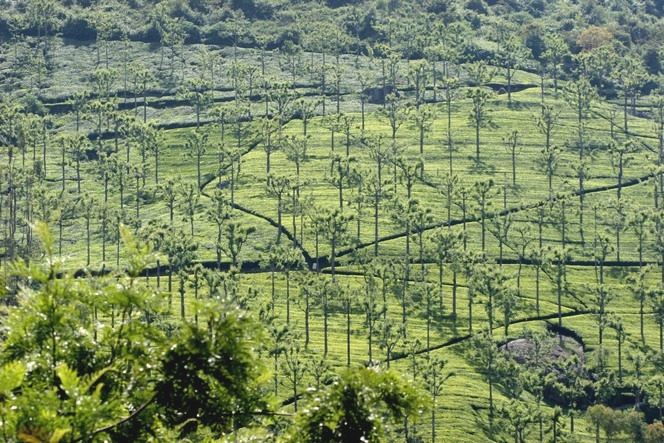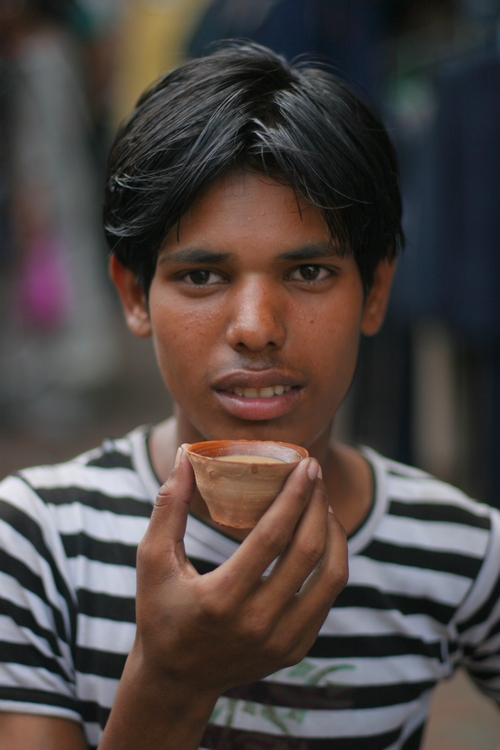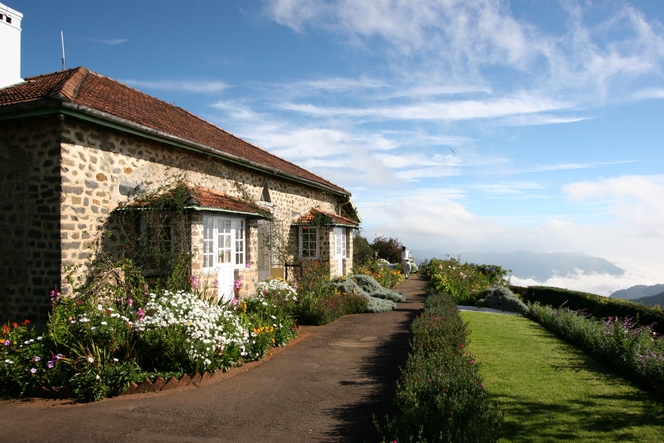Last Friday, I told you about a clever mechanical system developed to make tasks easier for tea pluckers working on steep grounds (see the article). But you may wonder why tea is cultivated on such abrupt fields. Let me tell you why: unlike rice, tea trees like keeping their feet dry and can only be produced on a very well drained area. An inclined ground is therefore ideal for their growth, as the rainwater runs away. In flat tea plantations, farmers must then install a draining system to keep bushes healthy. It would be as well to make the most of a natural environment, much simpler and less expensive!
On this photo taken on the very steep Namring Tea Estate near the Himalayan mountains, notice the tea trees’ difference of colours. On the foreground, the harvest has already been done, whereas in the background, the light-coloured young shoots have not yet been plucked.

